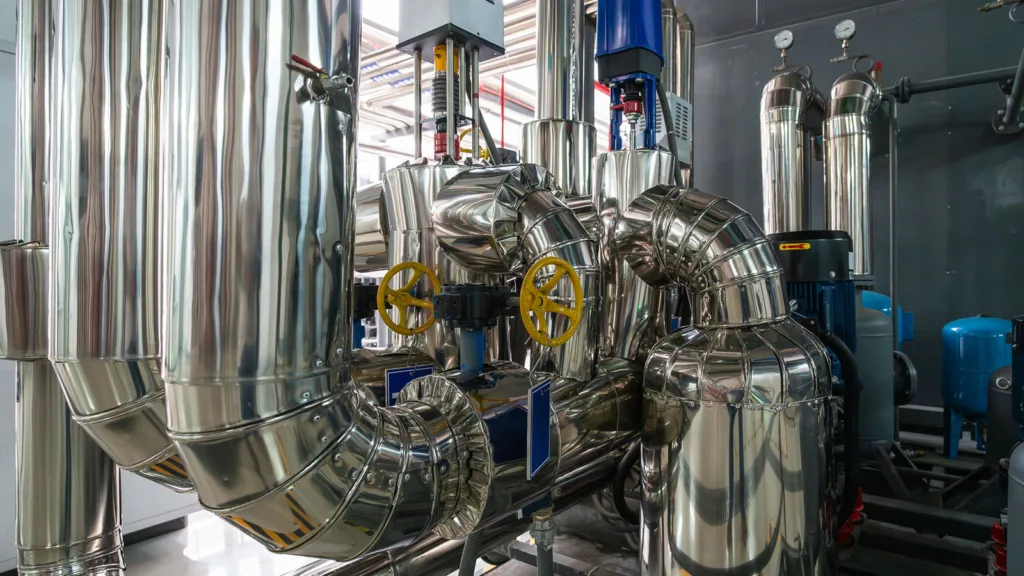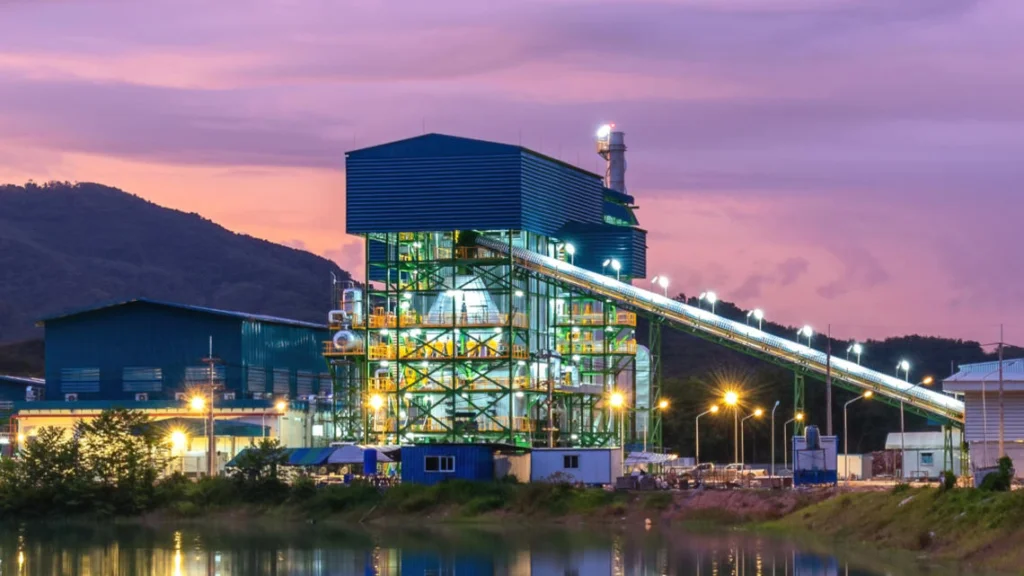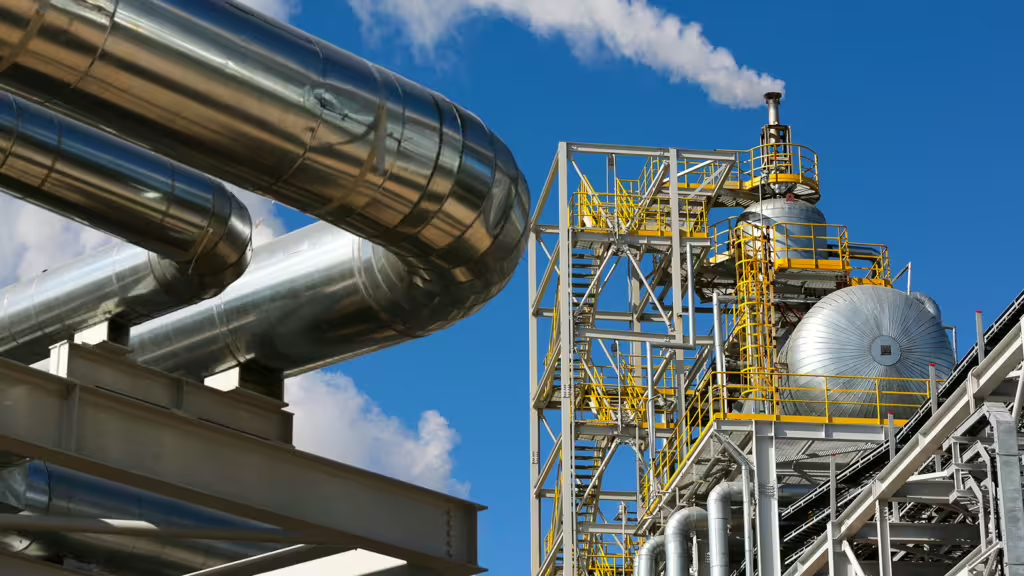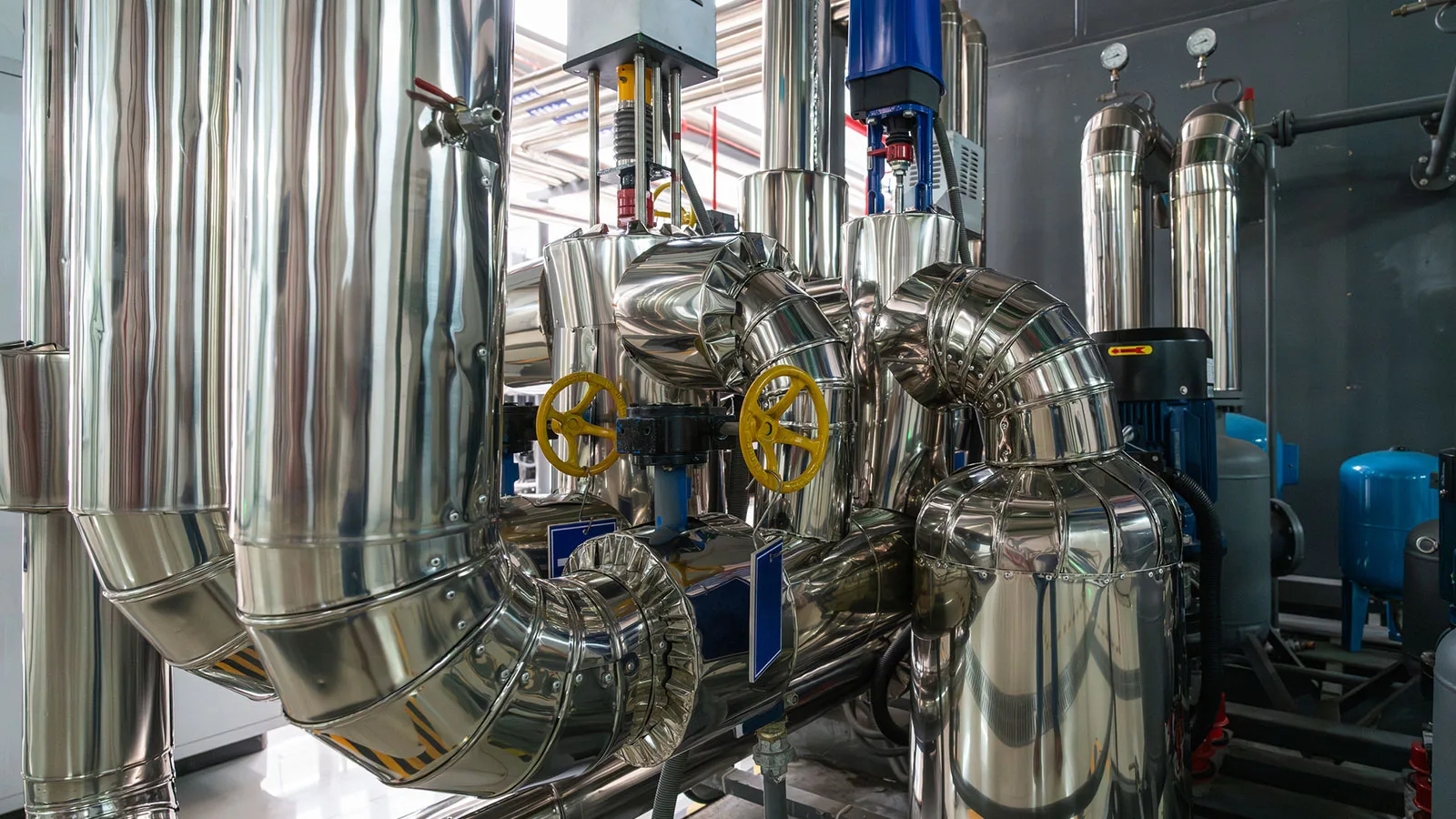Authors
Surbhi Singhvi, Manager, Heat decarbonization and Renewables, WBCSD; Sem Oxenaar, Associate, Regulatory Assistance Project (RAP)
The annual average global temperature has exceeded the 1.5°C threshold for the first time, making 2024 a significant year for climate change. This alarming milestone, however, does not represent a global defeat of the efforts outlined in the Paris Agreement. Rather, it underscores the urgent need for accelerated action – more so in areas with a substantial greenhouse gas (GHG) emissions footprint like process heat in industry.
This article highlights the importance of and key barriers to industrial process heat decarbonization. By examining the best practices of policy approaches to industrial process heat decarbonization, we emphasize how value chain collaboration amongst businesses and targeted policy support are key to drive meaningful change and ensure industrial process heat is no longer the missing piece of the decarbonization puzzle.
Why does the decarbonization of industrial process heat matter?
Industrial process heat constitutes around 18% of global GHG emissions annually. This is equivalent to the combined GHG emissions of the US and India, two of the top three emitters in the world in 2023. Today, many solutions, including direct electrification, thermal storage, sustainable bioenergy, solar thermal and geothermal, offer opportunities to decarbonize industrial process heat. Most of these solutions are already commercially available, particularly for low (<200°C) and medium (200-400°C) temperatures– which together make up 50% of the total industrial heat demand. [i]
Heat also accounts for a significant portion of Scope 1 GHG emissions for most industrial companies. This elevates process heat decarbonization as a clear actionable opportunity for businesses to advance their decarbonization goals.
Yet, despite businesses recognizing the importance of process heat decarbonization and the current availability of renewable heat[ii] solutions, their adoption remains remarkably low: the share of renewable heat in final energy used for industrial heating has only increased from 10% in 2015 to 12% in 2023. [iii]
What are the barriers to the widespread adoption of renewable heat solutions?
- Uncertainty about commercial viability and operational risks associated with technology investments, given high upfront investments and the early stage of adoption in case of many renewable heat solutions.
- Cost difference between fossil fuels and decarbonized energy carriers, including through taxes and levies. For example, in many countries electricity is taxed at much higher rates than gas. In some cases, subsidies to fossil fuels give a further advantage to the conventional and high emitting energy sources.
- Lack of awareness about which decarbonization technology is the most suitable, due to rapid evolution of technology solutions.[iv]
- Persistent infrastructural challenges, with many regions struggling to ensure adequate grid capacity for industrial-scale electrification.
Fortunately, these challenges can be addressed by adopting a targeted and coordinated approach between businesses and policymakers, as shown by the pioneering policy approaches illustrated below.
How is policy support helping overcome the barriers?
Many countries provide policy incentives to businesses for industrial decarbonization. This article highlights a few that support adoption of early-stage technology solutions particularly for industrial process heat decarbonization.
Industrial Demonstrations Program (US)
The Industrial Demonstrations Program, active as of 2024, in the US aimed at providing financial support to projects demonstrating technical and commercial viability of emerging technologies capable of decarbonizing industry. The program selected projects based on their ability to decarbonize in the near-term and to attract follow-on investments to significantly scale up technology adoption, prioritizing those that include partnerships between buyers and suppliers. With an approved financial support of up to $75 million, Diageo plans to partner with Rondo Energy and National Renewable Energy Laboratory (NREL) to replace natural gas fired boilers with a combination of renewable heat solutions, including heat batteries and e-boilers at two of its locations. If successful, this will help Diageo scale up adoption across its other locations around the world. Kraft Heinz is undertaking a similar project with approved financial support from the government of up to $170.9 million across 11 of its locations in the US. Both these projects would stand as test cases for companies not only in the food and beverages industry, but also for other manufacturing companies in textiles, paper and pulp, pharmaceuticals and chemicals for processes with similar heat requirements.
SDE ++ and DEI + Schemes (Netherlands)
In the Netherlands, the Sustainable Energy Production and Climate Transition Subsidy (SDE++) scheme provides an operational subsidy covering the unprofitable component of the low-carbon heating solution with a cap of EUR 400/ ton of CO2 avoided by the technology’s use. Another relevant scheme is Demonstration Energy Innovation Subsidy (DEI+) to promote scale up of emerging technologies by supporting commercial scale demonstration projects through grants. Benefitting from these schemes, Eneco has partnered with PepsiCo and Kraftblock to procure renewable heat – through a combination of electrification with thermal storage – for PepsiCo’s operations. The inclusion of an energy utility – Eneco, whose core business is to supply and procure electricity – ensures that low-priced electricity is stored in the thermal storage system to supply heat to PepsiCo at a commercially attractive rate. Heat-as-a-service agreements as a result of such partnerships support in enhancing the commercial aspects of adoption of renewable heat solutions.
Carbon Contract for Difference Scheme for Industrial Transformation (Germany)
Another example comes from Germany, which introduced the cutting-edge Carbon Contract for Difference (CCFD) scheme to promote industrial transformation. As part of the scheme, the government commits to fund the higher production cost of using low-carbon solutions compared to fossil fuels, over a period of 15 years. Projects are selected based on price bids for every ton of CO2 avoided. As soon as companies start to gain from using renewable solutions, additional revenue must flow back to the government from industrial companies. Additionally, the fund dispersal is conditional upon the companies achieving their CO2 reduction targets. The German government has awarded up to €2.8 billion in the first round of this scheme. BASF is one of the 15 companies that has secured a funding approval of up to €310 million for its industrial heat pump project for steam generation at its Ludwigshafen site in Germany. Through this scheme, the government secures CO2 reduction, while heat users get access to much-needed financial security when investing in novel technologies to reduce their carbon footprint.
Key commonalities: Policy support has been focused on decarbonization results
The support schemes make it increasingly possible for industrial users to accelerate the adoption of renewable heat solutions in a commercially viable manner. At the same time, they have provided start-ups offering credible and innovative renewable heat solutions like heat batteries market access and opportunity to scale their operations.
In the examples above, financial support has been open to all decarbonization technologies, provided that the technology of choice meets the operational and carbon reduction needs of companies. This plays a crucial role in preventing innovative and emerging technologies with great decarbonization potential from being overlooked. The schemes providing operational support, such as SDE++ and the German CCFD, are competitive and result-oriented i.e. subsidy payments are dependent on meeting GHG emissions reduction targets. Therefore, projects with the lowest cost per ton of emissions reduced are first in line for funding. This prioritization ensures that government investments support national decarbonization goals, while attracting credible projects.
Targeted policy support and value chain collaboration are key to industrial process heat decarbonization
The policy incentives outlined in this article demonstrate that challenges to heat decarbonization can be addressed. Targeted operational subsidies and grants to support the upfront investment in renewable heat technologies offer businesses more security, even when the payback periods are long, or the technology is new. Given the substantial contribution of industrial process heat to annual GHG emissions, a targeted policy support for industrial process heat decarbonization is the need of the hour.
Promoting value chain collaboration, as was done in the case of Industrial Demonstrations Program, can also go a long way in ensuring a self-sustaining market after an initial period of policy support. Partnerships amongst electric utilities, solution providers and industrial consumers for project implementation can facilitate sharing of risks, system optimization and division of tasks as per their expertise fostering a favorable environment for investment. Regions around the world could take inspiration from these innovative examples to kickstart adoption and build familiarity of businesses with renewable heat solutions.
As we strive to meet global emission reduction targets, we cannot understate the importance of industrial process heat decarbonization. A targeted policy push promoting collaboration across the business value chain will ensure that industrial process heat doesn’t remain a missing piece of the decarbonization puzzle.
- [i] Based on IEA 2018 data as shared in a presentation at the launch webinar of WBCSD’s ‘Renewable industrial heat navigator brief: Solar thermal solutions’, which can be accessed here.
- [ii] In this article, ‘renewable heat’ refers to heat generated using no or low-carbon technologies including electrification, solar thermal, geothermal and sustainable bioenergy.
- [iii] IEA (2024), Renewables 2023, IEA, Paris https://www.iea.org/reports/renewables-2023, Licence: CC BY 4.0
- [iv] WBCSD is working with its members as well as experts on heat decarbonization on supporting companies in the assessment of suitability of various renewable heating solutions through a series of ‘Navigator briefs’. The first in the series on ‘Solar thermal’ can be accessed here.
Outline
Related
Content

Industrial heat: an overlooked piece in the decarbonization puzzle
10 February, 2025

Heat as a Service: how companies can use this innovative solution on their decarbonization journey
15 September, 2022

Heat-as-a-Service in action: Insights from early renewable heat projects
1 July, 2024

